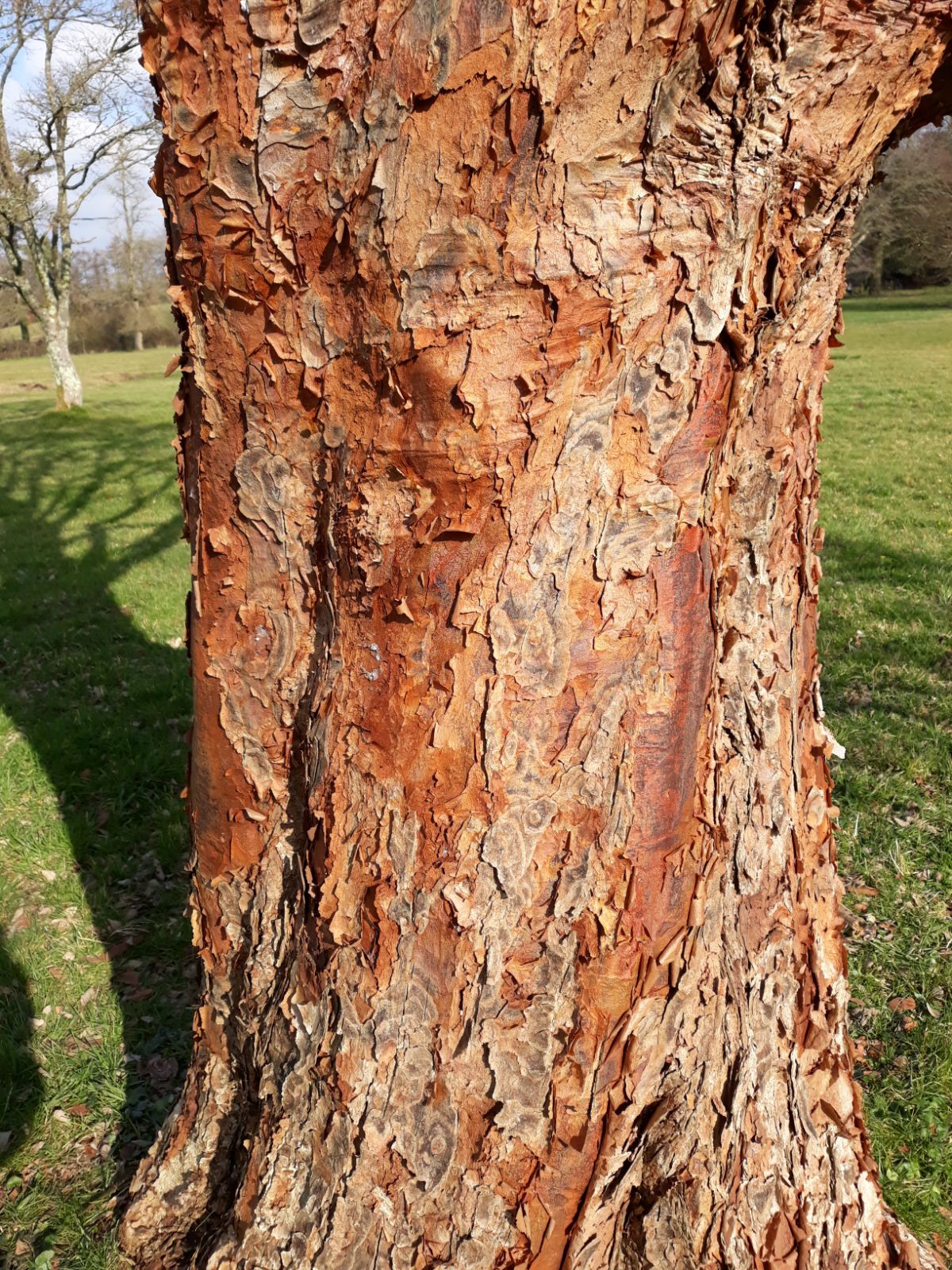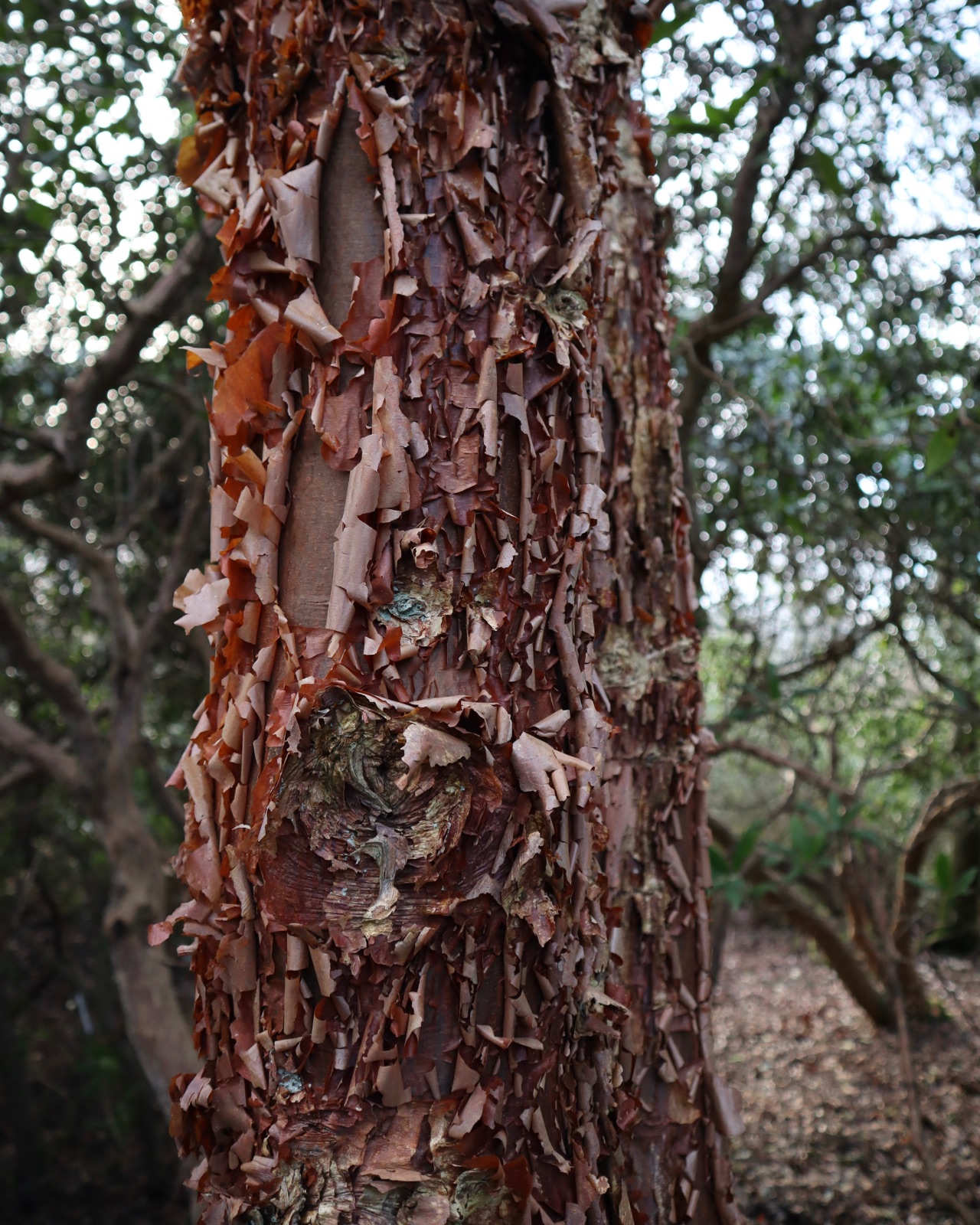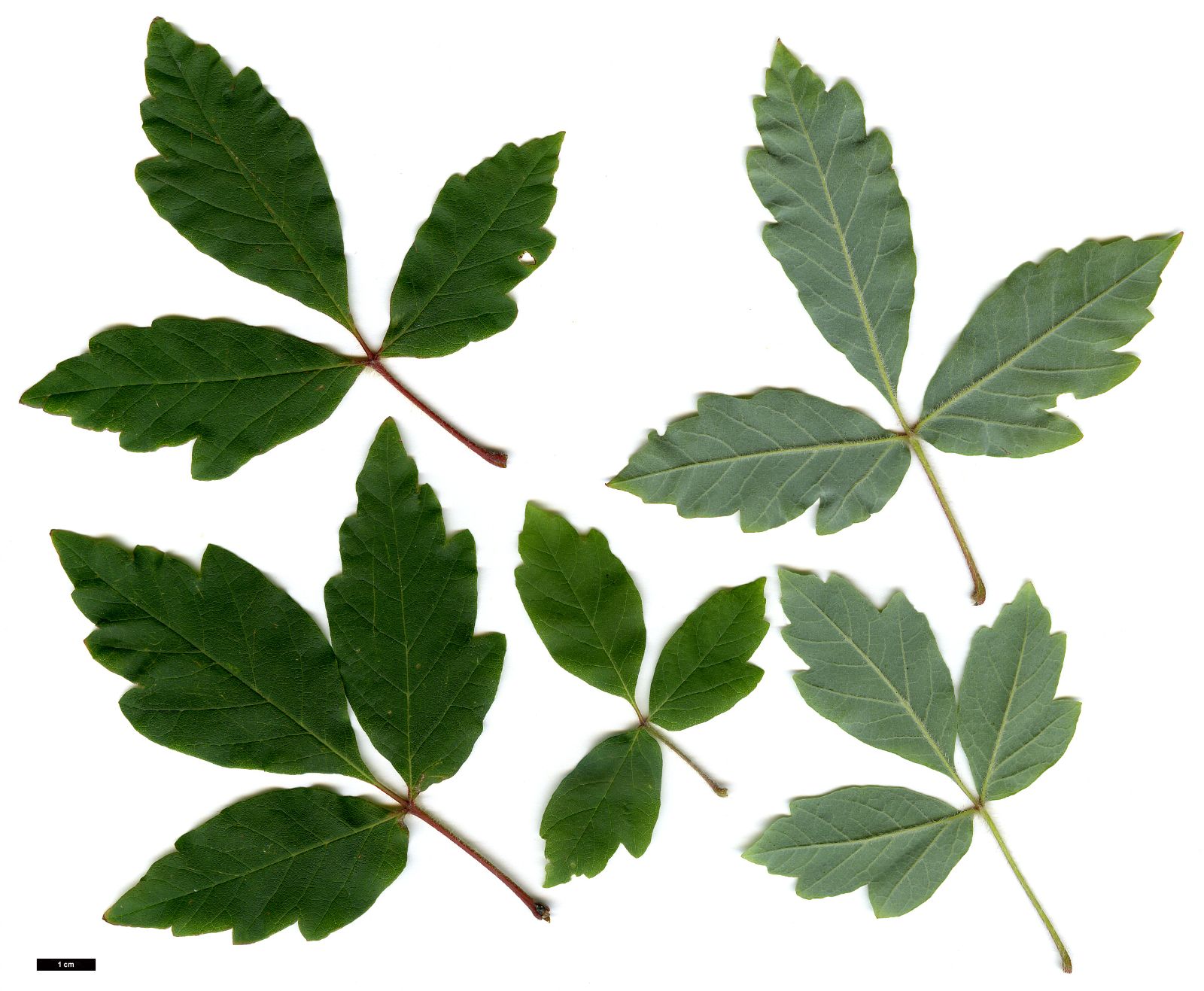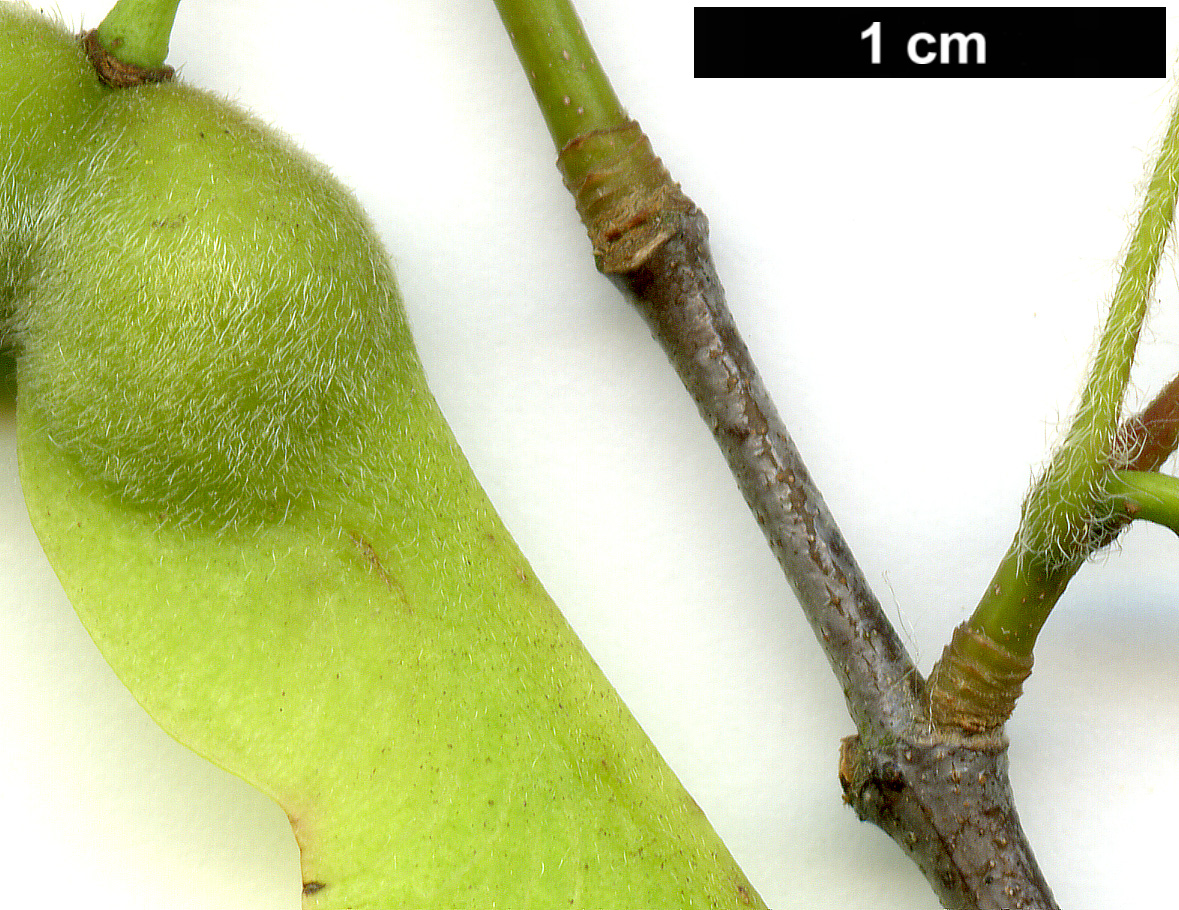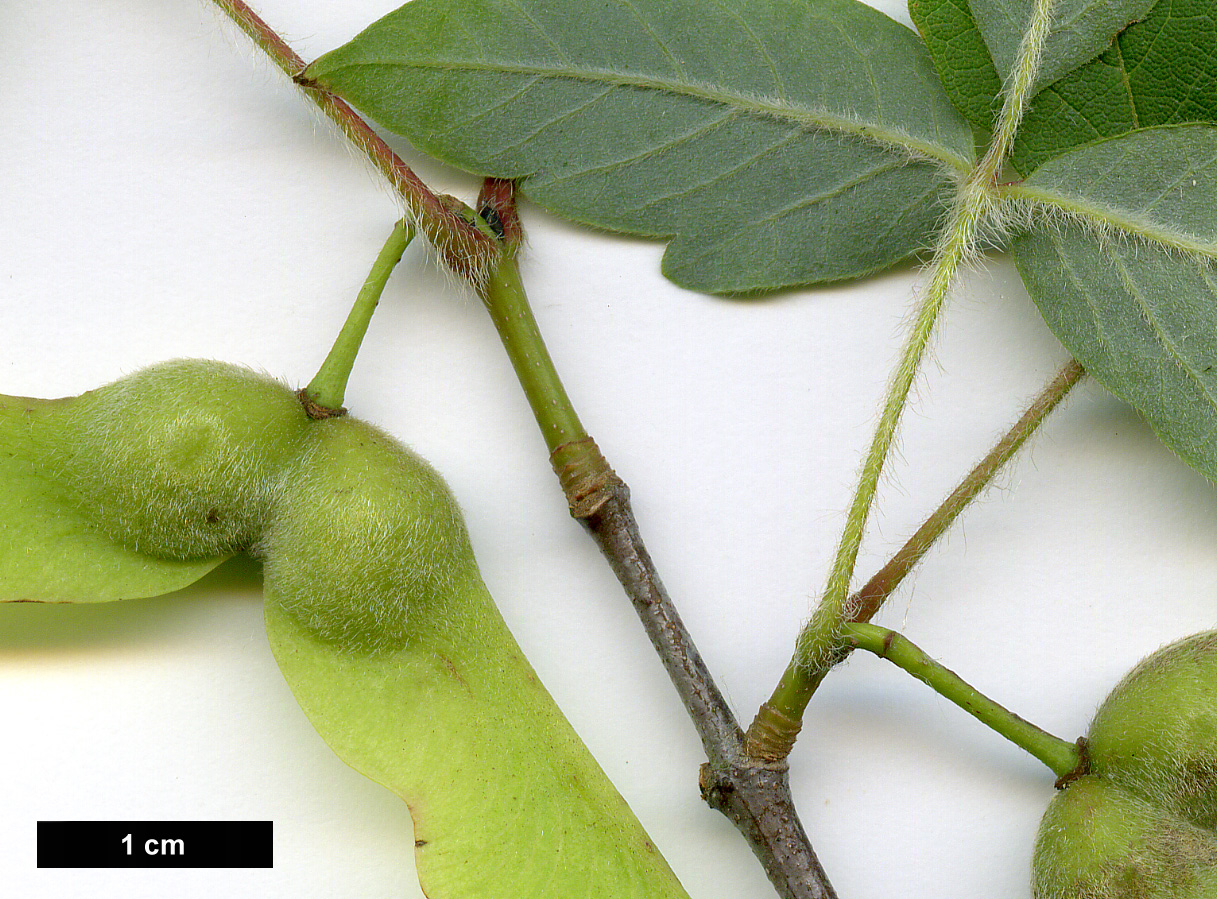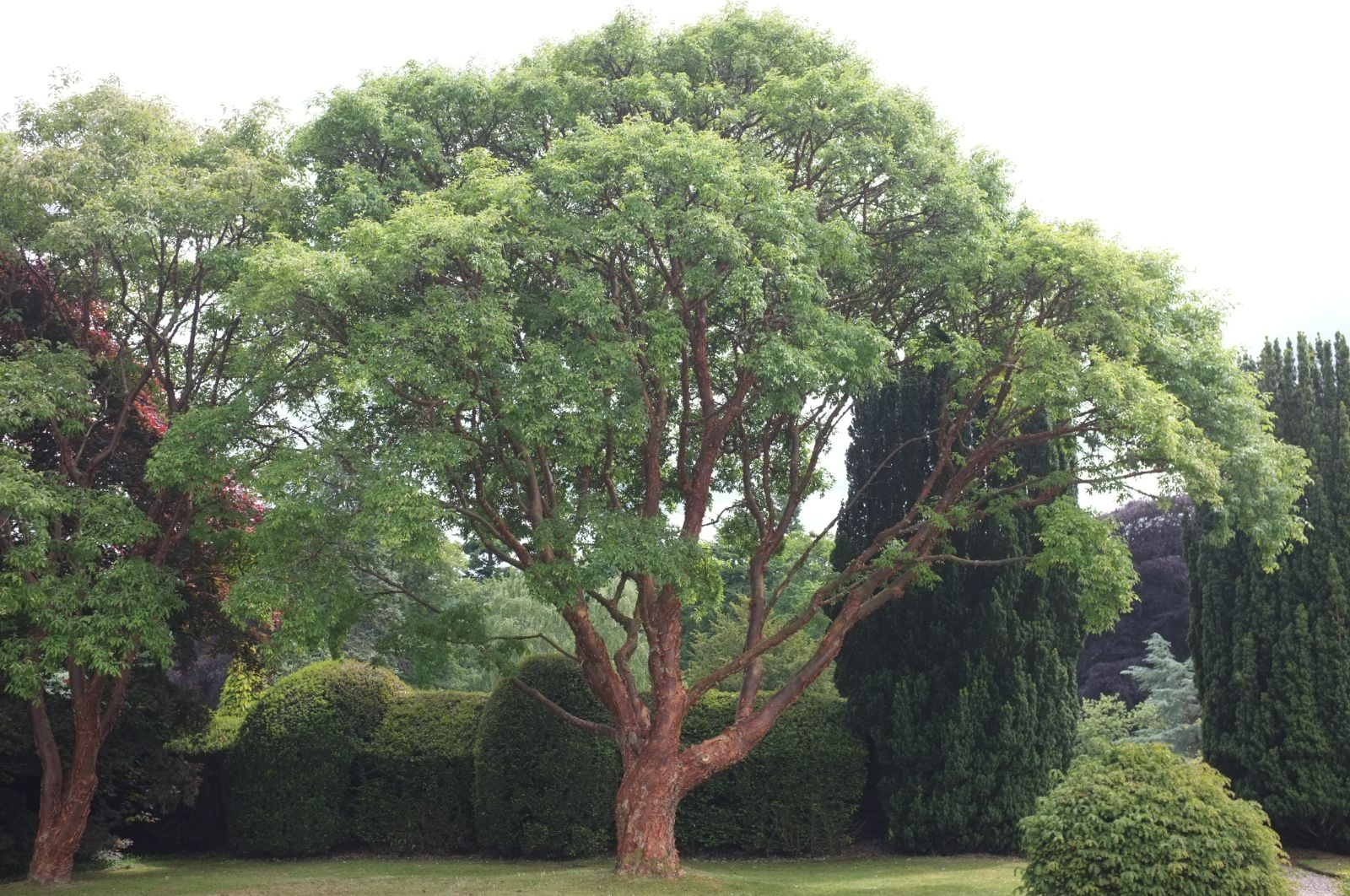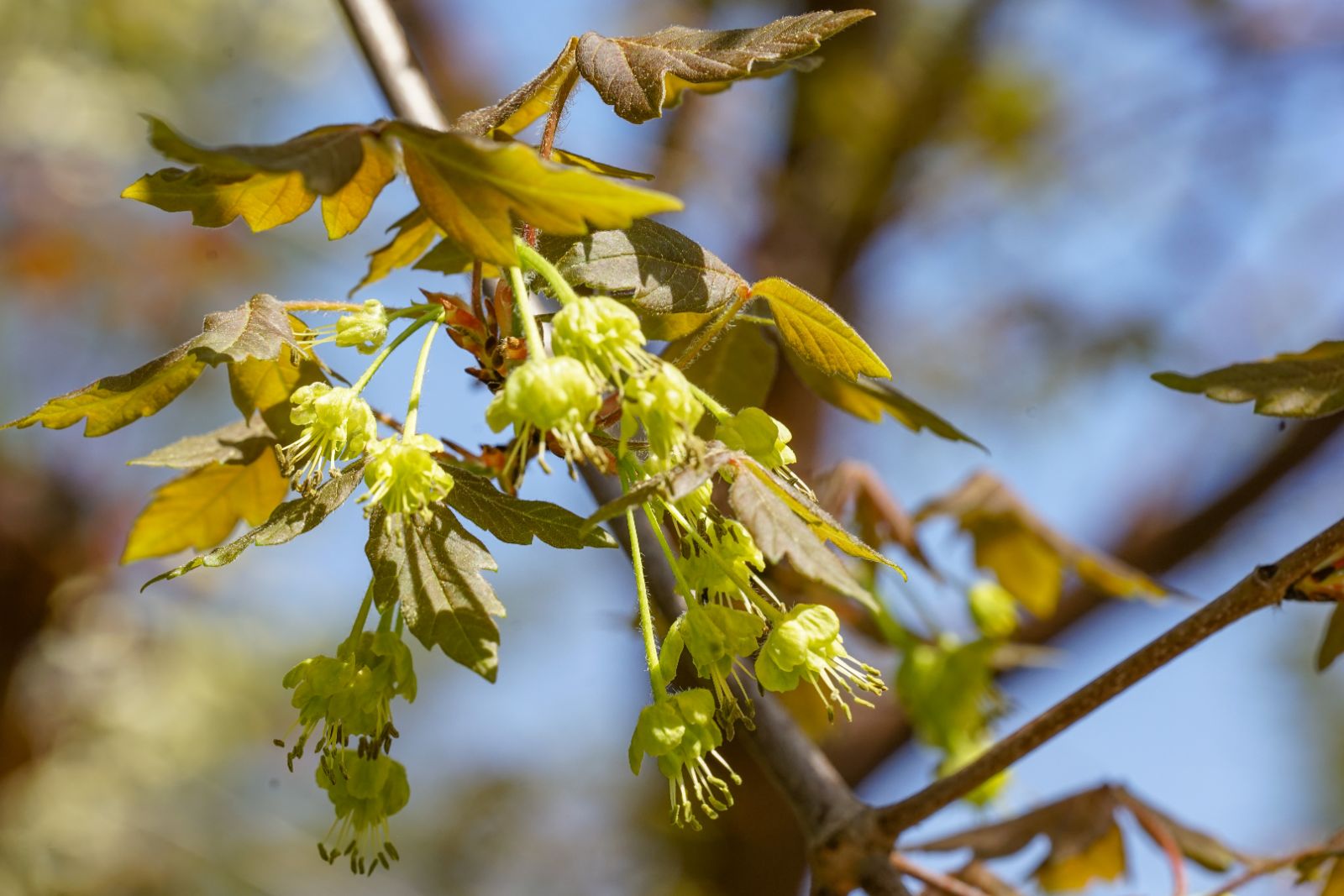Acer griseum
Sponsor
Kindly sponsored by
a member of the International Dendrology Society
Credits
Article from Bean's Trees and Shrubs Hardy in the British Isles
Recommended citation
'Acer griseum' from the website Trees and Shrubs Online (treesandshrubsonline.
Genus
Synonyms
- Acer nikoense var. griseum Franch.
Other taxa in genus
- Acer acuminatum
- Acer amplum
- Acer argutum
- Acer barbinerve
- Acer buergerianum
- Acer caesium
- Acer calcaratum
- Acer campbellii
- Acer campestre
- Acer 'Candy Stripe'
- Acer capillipes
- Acer cappadocicum
- Acer carpinifolium
- Acer 'Cascade'
- Acer caudatum
- Acer ceriferum
- Acer chapaense
- Acer chienii
- Acer circinatum
- Acer cissifolium
- Acer × conspicuum
- Acer cordatum
- Acer coriaceifolium
- Acer × coriaceum
- Acer crataegifolium
- Acer davidii
- Acer diabolicum
- Acer distylum
- Acer divergens
- Acer duplicatoserratum
- Acer elegantulum
- Acer erianthum
- Acer 'Esk Flamingo'
- Acer fargesii
- Acer fenzelianum
- Acer flabellatum
- Acer forrestii
- Acer franchetii
- Acer × freemanii
- Acer fulvescens
- Acer 'Gimborn'
- Acer ginnala
- Acer glabrum
- Acer 'Gold Coin'
- Acer granatense
- Acer grandidentatum
- Acer heldreichii
- Acer henryi
- Acer × hillieri
- Acer hookeri
- Acer hyrcanum
- Acer japonicum
- Acer kawakamii
- Acer komarovii
- Acer laevigatum
- Acer laurinum
- Acer laxiflorum
- Acer lobelii
- Acer longipes
- Acer macrophyllum
- Acer mandshuricum
- Acer maximowiczianum
- Acer maximowiczii
- Acer metcalfii
- Acer miaotaiense
- Acer micranthum
- Acer 'Mindavi'
- Acer 'Minorient'
- Acer miyabei
- Acer miyabei × campestre
- Acer monspessulanum
- Acer morifolium
- Acer 'Mozart'
- Acer oblongum
- Acer obtusifolium
- Acer okamotoanum
- Acer oliverianum
- Acer opalus
- Acer orientale
- Acer palmatum
- Acer papilio
- Acer pauciflorum
- Acer pectinatum
- Acer pensylvanicum
- Acer pentaphyllum
- Acer pentapotamicum
- Acer pictum
- Acer pilosum
- Acer pinnatinervium
- Acer platanoides
- Acer platanoides × amplum
- Acer platanoides × truncatum
- Acer × pseudoheldreichii
- Acer pseudoplatanus
- Acer pseudosieboldianum
- Acer pubinerve
- Acer pycnanthum
- Acer rubescens
- Acer rubrum
- Acer rufinerve
- Acer saccharinum
- Acer saccharum
- Acer sempervirens
- Acer 'Serpentine'
- Acer serrulatum
- Acer shenkanense
- Acer sieboldianum
- Acer sikkimense
- Acer 'Silver Cardinal'
- Acer 'Silver Ghost'
- Acer sinense
- Acer sinopurpurascens
- Acer spicatum
- Acer stachyophyllum
- Acer taronense
- Acer tataricum
- Acer tegmentosum
- Acer tenellum
- Acer tetramerum
- Acer tibetense
- Acer tonkinense
- Acer triflorum
- Acer truncatum
- Acer tschonoskii
- Acer turkestanicum
- Acer tutcheri
- Acer ukurunduense
- Acer velutinum
- Acer wardii
- Acer 'White Tigress'
- Acer wilsonii
- Acer × zoeschense
A deciduous tree, up to 45 ft so far in cultivation, with a peeling bark; branchlets woolly at first. Leaves composed of three leaflets on a downy stalk; terminal leaflet 2 to 21⁄2 in. long, half as wide, oval-lanceolate, with three to five pairs of coarse teeth, short-stalked; side leaflets smaller, oblique at the base, stalkless; all very glaucous beneath. Flowers few or solitary, on pendulous downy stalks 1 in. long. Fruit with very downy nutlets and wings; each key 11⁄4 in. long; wings 1⁄2 in. wide, the pairs forming an angle of 60° to 90°.
Native of Central China; introduced by Wilson for Messrs Veitch in 1901. Among the trifoliolate group of maples this is very distinct, because of the large blunt teeth on the leaflets. Its nearest ally is A. nikoense, but in this the leaflets are twice as large and scarcely toothed. It is the most striking of the trifoliolate maples, especially on account of its peeling bark, which hangs on the stem in large loose flakes, revealing the orange-coloured newer bark within; also for the fine autumnal red or orange of its leaves.
A. griseum has thrived in cultivation but seems to be at its best in southern England. The tree planted in woodland by the late Charles Eley at East Bergholt Place, Suffolk, and illustrated in his Twentieth Century Gardening, is now (1966) 45 × 21⁄4 ft; the slender bole, he wrote, ‘is as rigid as a column of steel’. At Hergest Croft, Heref., there is a tree about as high but larger in girth; this measured 43 × 51⁄4 ft in 1963. Specimens of over 30 ft are at Wakehurst Place, Sussex; Westonbirt and Abbotswood, Glos.; and Arley Castle, Worcs. The peeling bark is well shown in the group of many-stemmed trees at Hidcote, Glos. A. griseum grows well on chalk, as at Highdown near Worthing, where there is a tree 29 ft high, bought at the Veitch sale in 1912, as well as many seedlings from it. The best tree at Kew is 29 × 13⁄4 ft (1960).
A. griseum fruits freely but the seed has a very low germination rate – rarely more than 5% even when taken from a group of several trees – and there is no readily available stock on to which it might be grafted. Thus one of the most beautiful of all small trees has been rendered all too scarce in commerce.
From the Supplement (Vol. V)
This species is figured in Bot. Mag., n.s., t.795.
With reference to the remarks in the last paragraph, seed from trees at Highdown has germinated well, and most of the young trees at Kew are from this source. But a good set of seed will not be obtained unless some of the male flowers are shedding their pollen at the time that the female flowers are receptive, and this is most likely to be the case when several trees are grown.
specimens: Kew, Maple Collection, 36 × 2 ft (1979) and, pl. 1928, 25 × 31⁄4 ft (1981); Leonardslee, Sussex, 41 × 5 ft (1984); Wakehurst Place, Sussex, on Lawn, 40 × 33⁄4 ft (1980); Hidcote Manor, Glos., 36 × 41⁄2 ft at 3 ft, 40 × 31⁄2 ft on an 8 ft bole, 36 × 43⁄4 ft at 1 ft (1984); Hergest Croft, Heref., the tree measured in 1963 is dead; Spetchley Park, Worcs., 30 × 31⁄4 ft (1985); Werrington Park, Cornwall, 34 × 3 ft (1977); East Bergholt Manor, Suffolk, 45 × 21⁄2 ft (1972); Dyffryn Gardens, near Cardiff, pl. 1911, 33 × 61⁄4 ft and 38 × 41⁄4 ft (1984); Roath Park, Cardiff, 31 × 33⁄4 ft (1979); Singleton Abbey, W. Glam., 26 × 31⁄4 ft (1982).


